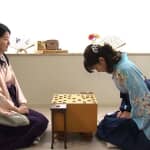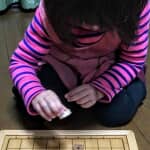Child-raising Shogi 19 October 2016
Only One Thing to be a Strong Shogi player for Children
As posted here before, the most frequently asked question to me, as a professional Shogi player, is how to improve one’s ability for Shogi. My answer was always the same, “You know, that is what I really want to know.” Yes, I should have made a better answer. Now, I am going to make a better answer, intending about 5-year-children who have just got a basic rule of Shogi, say about 10 Kyu (a kind of ranks given to relatively low-ranked players).
As far as I know, most children who have just learned a basic Shogi rule just got to know Shogi, or to be interested in Shogi. They came one step closer to becoming fond of Shogi. I would say that if you want to become a strong Shogi player, it is necessary to gain a passion for Shogi. It is necessary, but not sufficient. In this sense, there is a lot more going on in Shogi.
Once children develop a taste for Shogi, they quickly absorb knowledge and tricks to get better at Shogi with special abilities gifted to children. There are plenty of things children can do to improve their Shogi abilities: Shogi books, lectures, and events to provide good information. From here on, they apparently don’t care about losing a game. Many children seem to throw out practicing Shogi before they become good at Shogi. I suppose this is because children often don’t get adequate supports to find its true charm.
- Steps To Become Strong Shogi Players
- Develop Interests in Shogi → Come To Love Shogi → Strong Shogi Players!
Except some cases, most children need their parents’ support to develop their taste for Shogi. Therefore, today I would like to introduce five tips that parents could do for their children to help them find joy in Shogi. Today’s topic is derived from the concept of that only one necessary thing for children to become a strong Shogi player.
1. Spare Your Time To Play Shogi with Your Children
You may well very busy for everyday matters, and find it difficult to engage in plays with your children. If I were to say what would be one of the best things parents can do for making your children good at Shogi, it is probably to play Shogi with them. There is no need for parents to master the entire Shogi rules, nor remember all pieces’ moves.
However, I understand it is very important that children are accompanied by their parents at the first stage of Shogi practice. Children regard the time very special when they play with their parents. Watching TV, playing house, enjoying a ball-play, or doing whatever, children are happy as long as they are with their parents. What attracts children is not the things they are doing, but the fact they spend time with their loved parents.
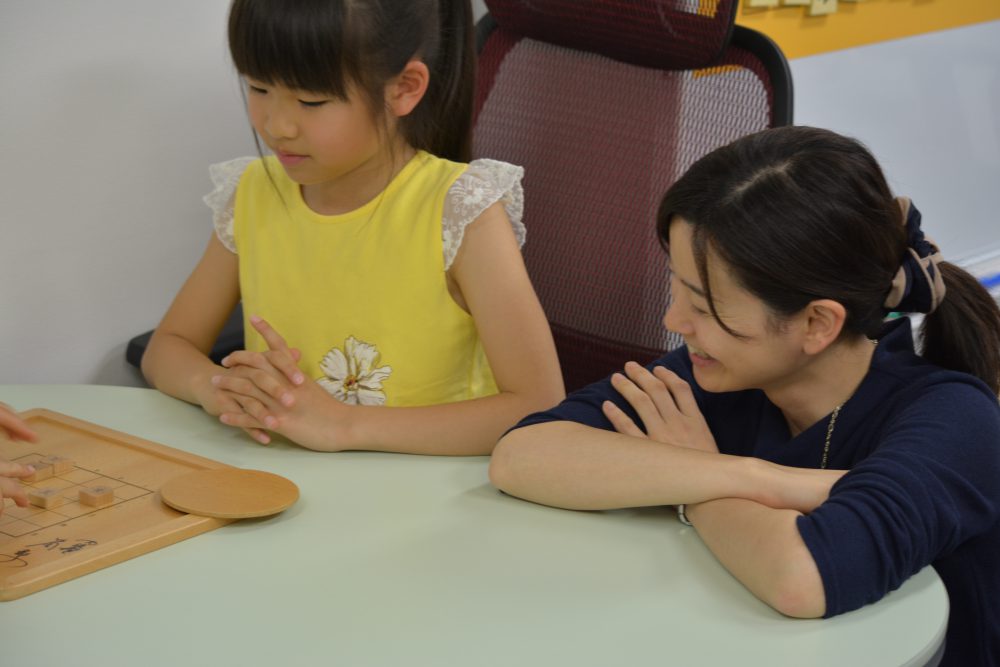
If you want to help children to enjoy Shogi itself, it would be the best and sure way that you lead your children to find a great joy in time to play Shogi with you. Having the same difficulties to spare time for child’s play with doing daily chores, I surely understand how difficult it is for you. But, I do hope you take your time for playing Shogi with your children. Even if it is not long time, the time for Shogi will become more attractive for them.
2. Anyhow, Play To Lose
Once Shogi game starts, you, as an adult, should play to lose on purpose. Anyhow, just please lose the game on purpose for your children. Children become hooked on a game, winning it. That’s easier said than done. Playing to lose is actually difficult for adults. Parents who are good Shogi players, especially fathers who have a dan rank, need to have patience to lose a game purposely. There comes a time when you beat your son, a Shogi lover. It is not now, but sometime in the future when your son will have developed his passion for Shogi.
All right, today I will give several tips to lose the game to somebody who finds difficulties in playing to lose a game.
- Do not block the move to be made with promotions of Major pieces, such as Hisha and Kaku.
- Let children capture your piece at ease.
- Making a piece move with a clue, saying, “Geez, It’s my weak point around here.”
- Saying, “Or….” to encourage children to use “Matta (to ask your opponent to undo his/her move)” effectively.
- Your Gyoku never goes out your camp. (I learned this from Mr. Odagiri who is a curator of Kiyukan where Shogi lessons for children are held five days a week.)
I do hope you would fully use above tips recommended by I-tsu-tsu.
3. Do not bind children too much with rules. Let them have their ways.
In fact, there are strict rules in Shogi. One of them is “Kinjite”(Prohibited moves.) The other basic strict ones are that taking turns to move a piece between Sente (a player who plays first) and Gote (a player who plays second), the way to move each piece, and the way to set pieces. Without those rules, we can’t play a Shogi game. It is very important to follow the rules when you play Shogi.
But, I think it is also very important to let children play Shogi in their ways and warmly watch over their playing, especially at the very first stage. Once children can preserve their freedom in playing, they become enthusiastic and their eyes shine brightly. In my Shogi class, children often set pieces on a big board as just they like. They look really happy to play Shogi.
Actually “Tsume Shogi” (Mate problem: a theme position is given and a player should find a way to mate the King with back-to-back checks) is an effective practice to develop child’s Shogi performance, but it might be a bit difficult for beginners. I would recommend letting children to create “Tsume Agari-zu”(Mated diagram: position diagrams showing the final mating position) instead of “Tsume Shogi.”
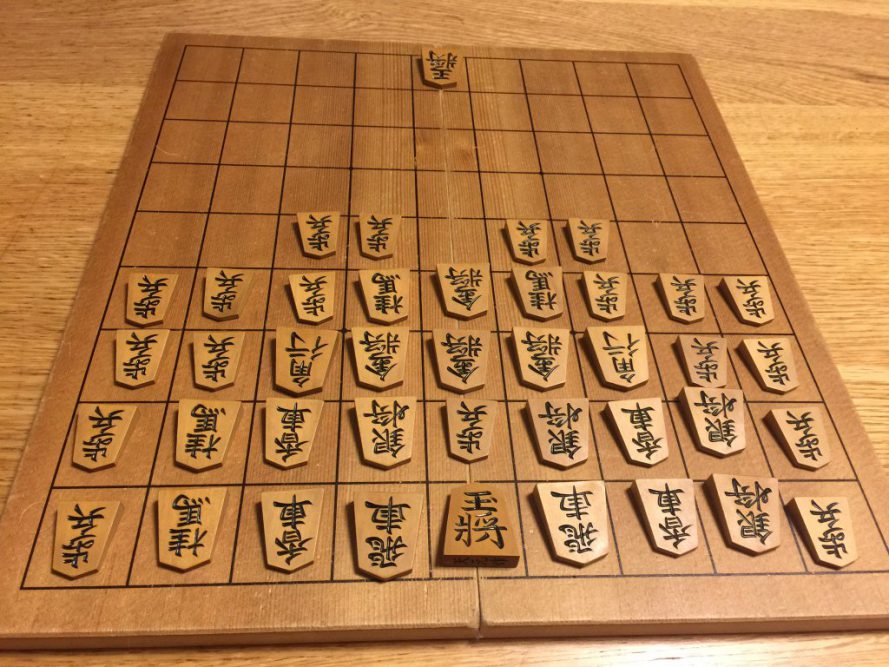
The above picture shows a “Tsume Agari-zu” made by my five-year old son. He said, “Mom, I will never lose a game with this position.” Glancing at this, my readers, who know Shogi rules, might well say “it’s not a possibility with Nifu (two pawns), and also “Keima” (Knight) and “Kyousya” (Lance) in the first row.” Strictly speaking, this doesn’t happen in a real Shogi. However, if your open mind allows children to play freely, they will reach the first step to develop their passion for Shogi.
Yes, I know this is also “easier said than done.” Like losing a game on purpose, someone who has enjoyed playing Shogi might need patience not to follow any rules. You may find it all the more difficult when it comes to things with your children. Even though it is the case, why don’t you let them to play on their own way just for a while?
4. Praise Children!
It has been already mentioned in the article titled “Five tips for your children to get into the habit of Shogi. You can say nice things exaggeratedly to guide your children to become fond of Shogi. Let’s praise your children not only when they win a game, but also during they are engaging in a game.
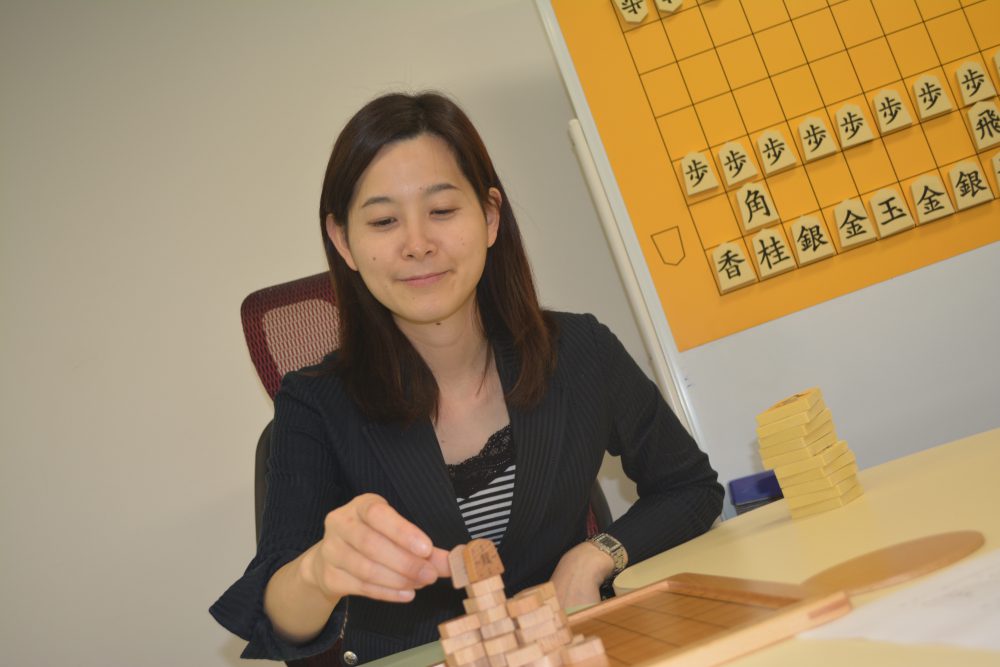
5. Don’t Rush Your Children!
My final advice is that parents should slow down. Not everybody who started to learn Shogi becomes Shogi lovers. Surely, some does. However, we need to remember strict rules to play Shogi. Many children often take time to find Shogi to be fun. In fact, my son needed several months to play Shogi with joy. Now, he almost everyday asks me to play Shogi with hem. I wish I could do that for him!
It is another important thing for children at this stage to make a decision as to whether they should take part in a tournament or not. I basically encourage children to participate in tournaments. But, at the same time, I would recommend you to decide carefully whether or not your children should take part in a tournament, when your children have not yet found joy in Shogi.
Through the tournament, winners and losers must be determined in a game. Your child might lose his/her interests in Shogi by losing a game. Once children come through to develop their passion for Shogi, they will think nothing of losing a game. On the contrary, they could enjoy it. You should find out if your children are ready to be beaten by younger, or beaten back-to-back. Such negative experiences even surely provide children wonderful opportunities to learn a lot of things. If your children are mentally strong enough to go through those tough experiences and still never lose passion for Shogi, it is a sign for them to join a tournament. It’s crucial that you acknowledge your children’s personalities and abilities to get them excited about Shogi.
The criterion is not so much a matter of wining chances but a matter of likes and dislikes. I remember that I let my second daughter take part in a tournament, when she was five years old. She was surrounded by big boys, and rushed back to me before the start of a game. She whimpered, crying “Mom.” I failed to judge my second daughter’s preference. She is only one in my family who doesn’t have much interest in Shogi. Including my self-criticism, I stated some suggestions.
